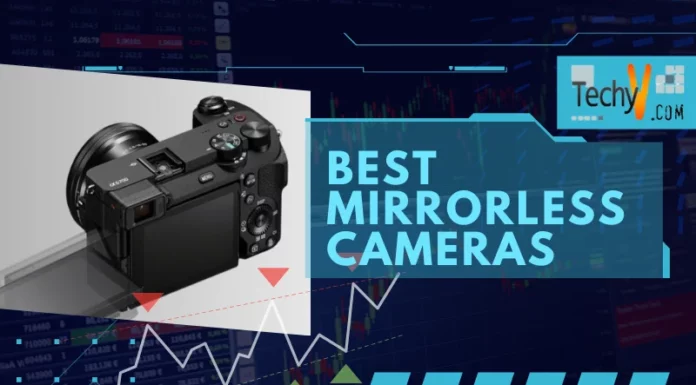Asked By
bryaneil
0 points
N/A
Posted on - 09/08/2011

How software works in an ongoing business? how do software boost an income for retail business? how to make a software application? how to generate an income using multimedia software?
How software makes profitable for an ongoing business? how many software can apply in a new website?
How software application useful in retail business

Software business is just like any other business ongoing now-a-days. This may be small, medium or large scale of business, regardless what type of income generated company you will going to built, risk will always be there.
In software industry, profit is easy if this is handled properly. You are dedicated to provide solutions that is best fit of the company's requirements. And there are numbers of company that needs software to keep their company going, more in distant farther they can go to keep their office grow. Once the deal is done, secret and confidentiality of the software must be valued, what not, you might get future uncertainty.
There so called, freeware, shareware and open source business software. These are for free business software, that can be manipulated on the Internet
This will be your best enemy in building software industry but this does not limit your profit. For instance, create a pay-per-support of the free software, this itself add-up to your bank account.
You can rely on this software business but you'll need to get familiarized how it works, it's not easy but durable. Because a mistake of putting up a business like this, can be easily pirate due to the reason of lack of familiarity.
So, putting up a business like this, you need to have a guts and knowledge how to deal with it.
How software application useful in retail business

Retail industry
Main article: Retailing
The retailing industry is one of the predominant users of POS terminals.
A Retail Point of Sales system typically includes a computer, monitor, cash drawer, receipt printer, customer display and a barcode scanner, and the majority of retail POS systems also include a debit/credit card reader. It can also include a weight scale, integrated credit card processing system, a signature capture device and a customer pin pad device. More and more POS monitors use touch-screen technology for ease of use and a computer is built in to the monitor chassis for what is referred to as an all-in-one unit. All-in-one POS units save valuable counter space for the retailer. The POS system software can typically handle a myriad of customer based functions such as sales, returns, exchanges, layaways, gift cards, gift registries, customer loyalty programs, BOGO (buy one get one), quantity discounts and much more. POS software can also allow for functions such as pre-planned promotional sales, manufacturer coupon validation, foreign currency handling and multiple payment types.
The POS unit handles the sales to the consumer but it is only one part of the entire POS system used in a retail business. “Back-office” computers typically handle other functions of the POS system such as inventory control, purchasing, receiving and transferring of products to and from other locations. Other typical functions of a POS system are to store sales information for reporting purposes, sales trends and cost/price/profit analysis. Customer information may be stored for receivables management, marketing purposes and specific buying analysis. Many retail POS systems include an accounting interface that “feeds” sales and cost of goods information to independent accounting applications.












